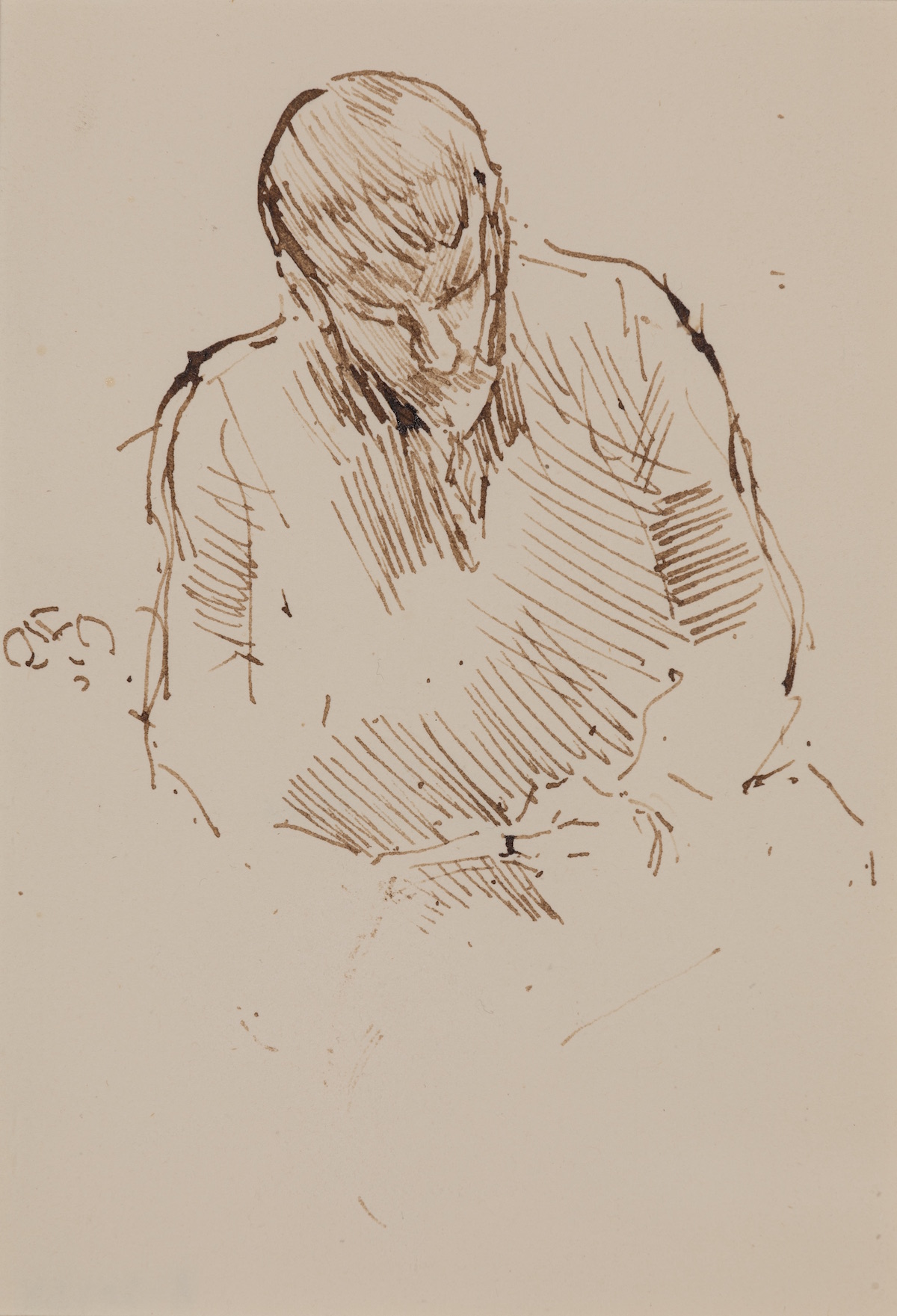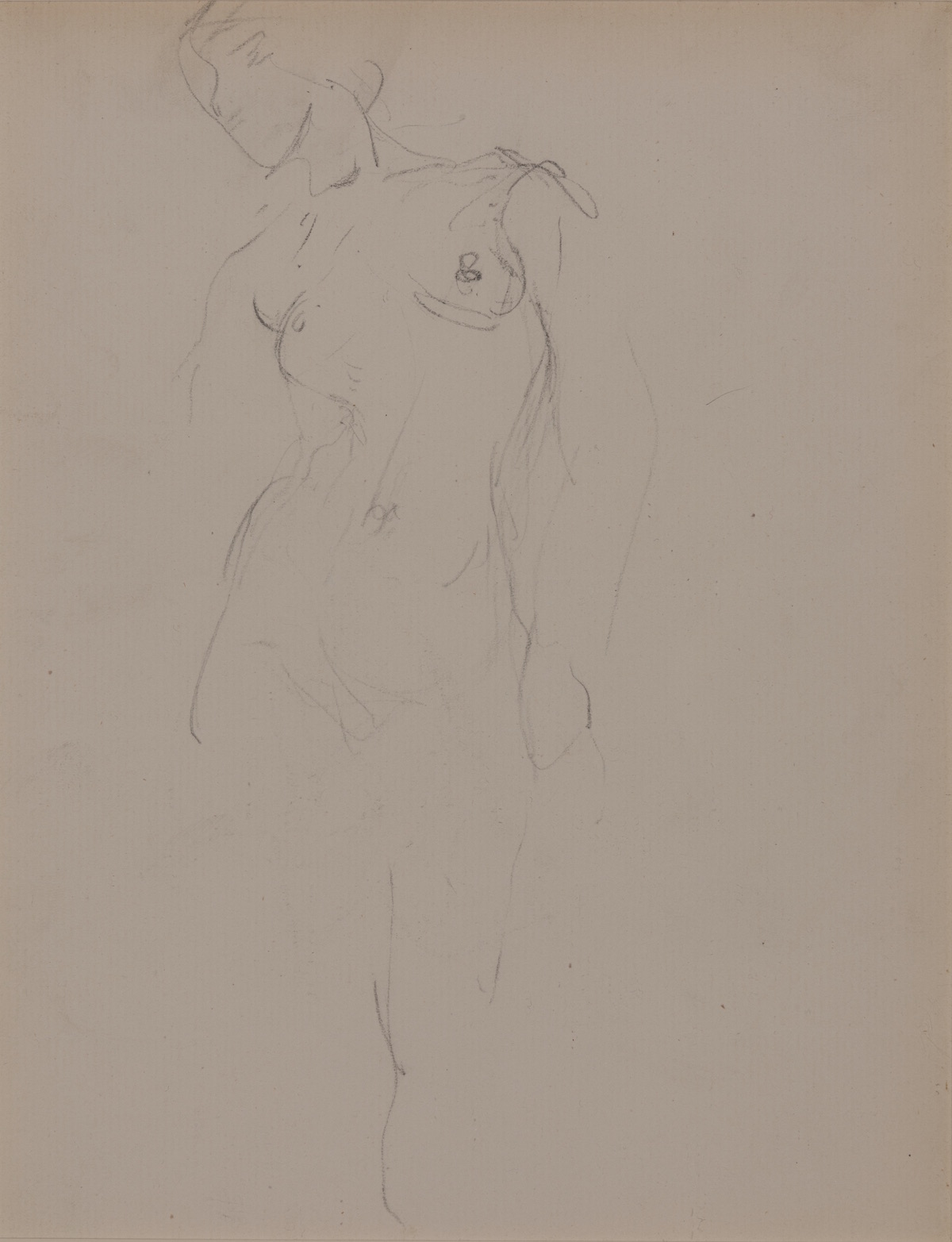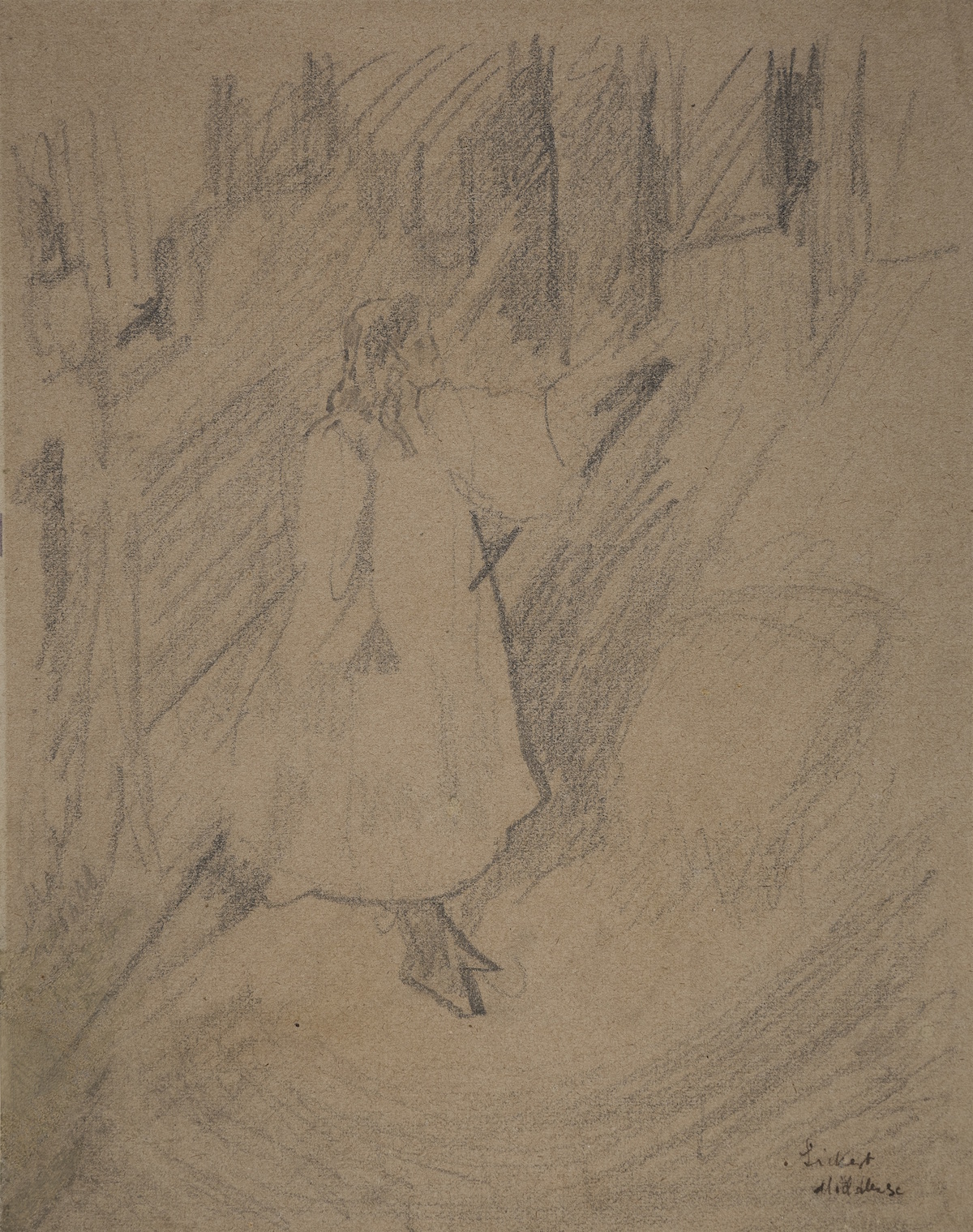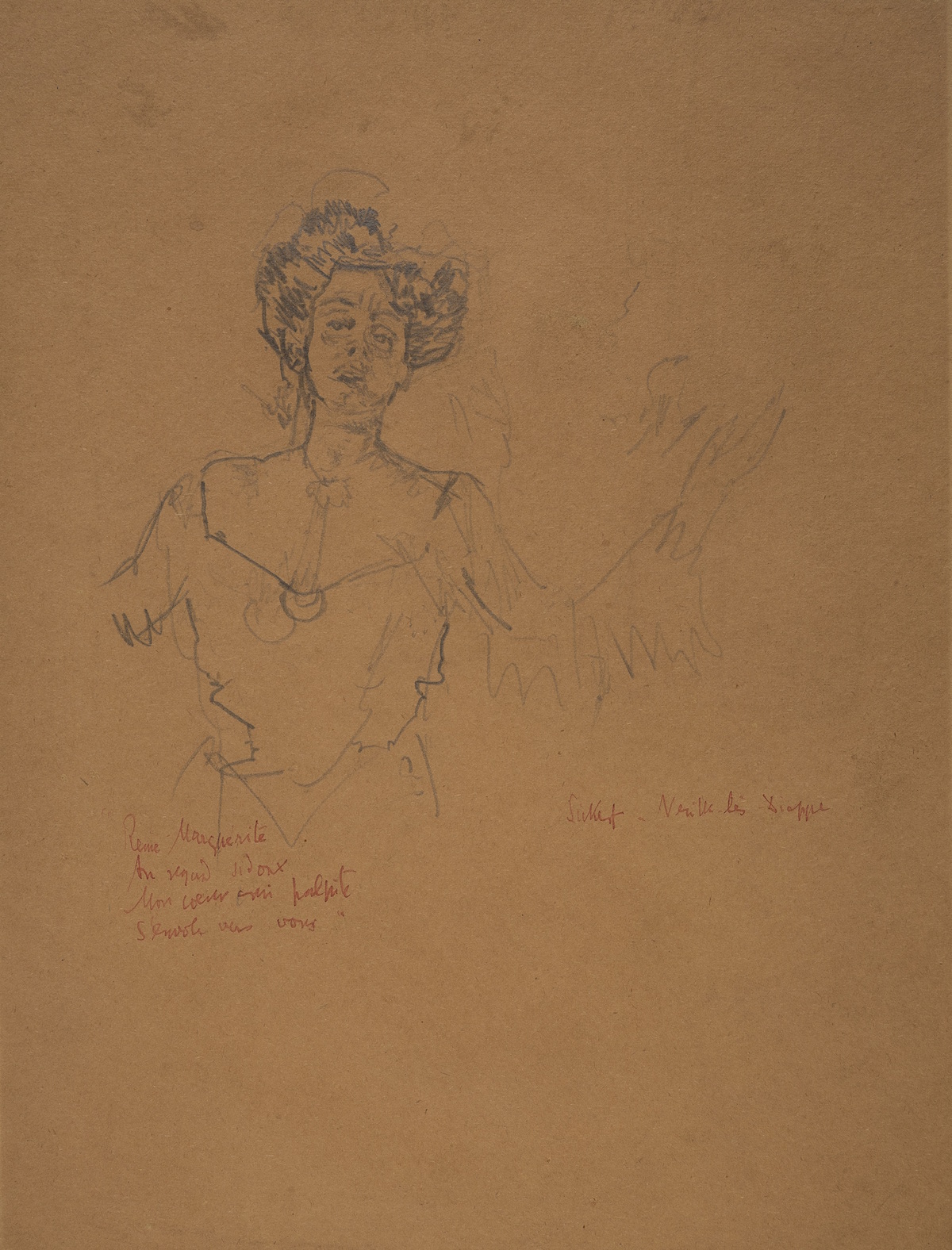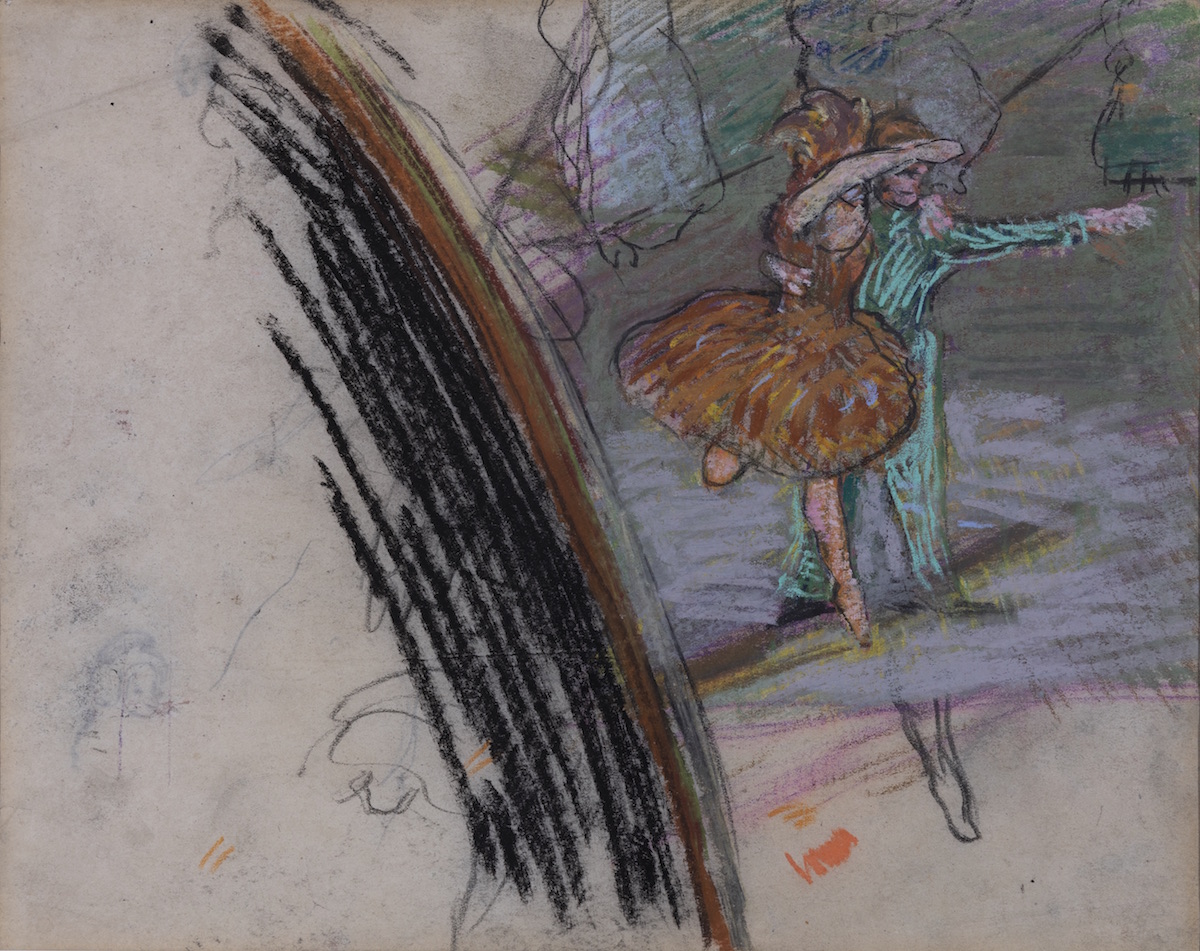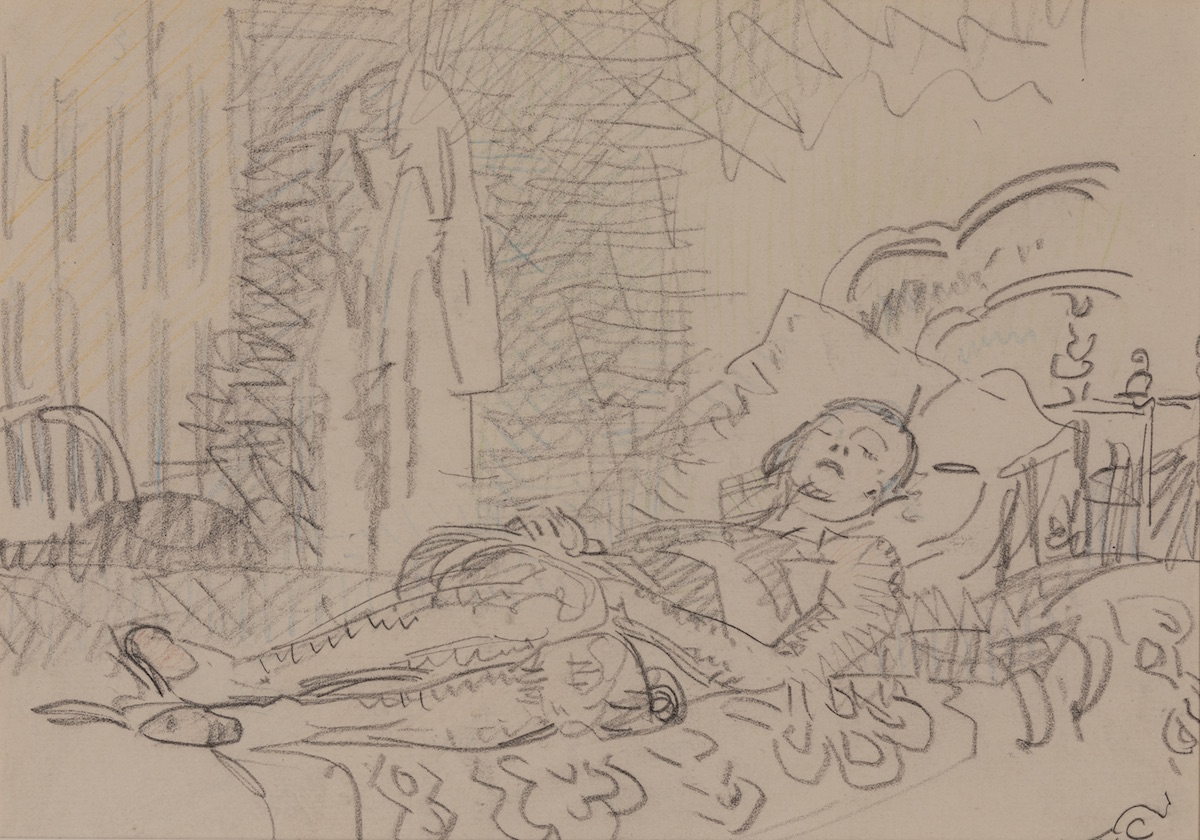A Break from Tradition
Modern Drawings from the University of Reading Art Collection
The late 19th and early 20th centuries were a transformative period in Europe. Developments in industry, technology and transportation altered life beyond recognition. Urban populations rapidly increased as people flocked to cities for work. Modern cities could feel disorientating and oppressive, but for many, they also ushered in a new sense of freedom and liberation.
It was against this backdrop of unprecedented social, economic and political change that a new generation of artists began to challenge traditional artistic practices. Beyond the walls of official art academies, artists began to experiment with new styles, materials and techniques. They exchanged ideas, and devised pioneering visual languages to create what we now refer to as ‘modern art’.
City streets, cafés, music halls and other public spaces provided ripe subject-matter for these artists. Many drew almost daily and with sketchbooks in hand, they used pencil, ink, pastel and chalk to capture the excitement, vitality and anxiety of this new, modern world.
